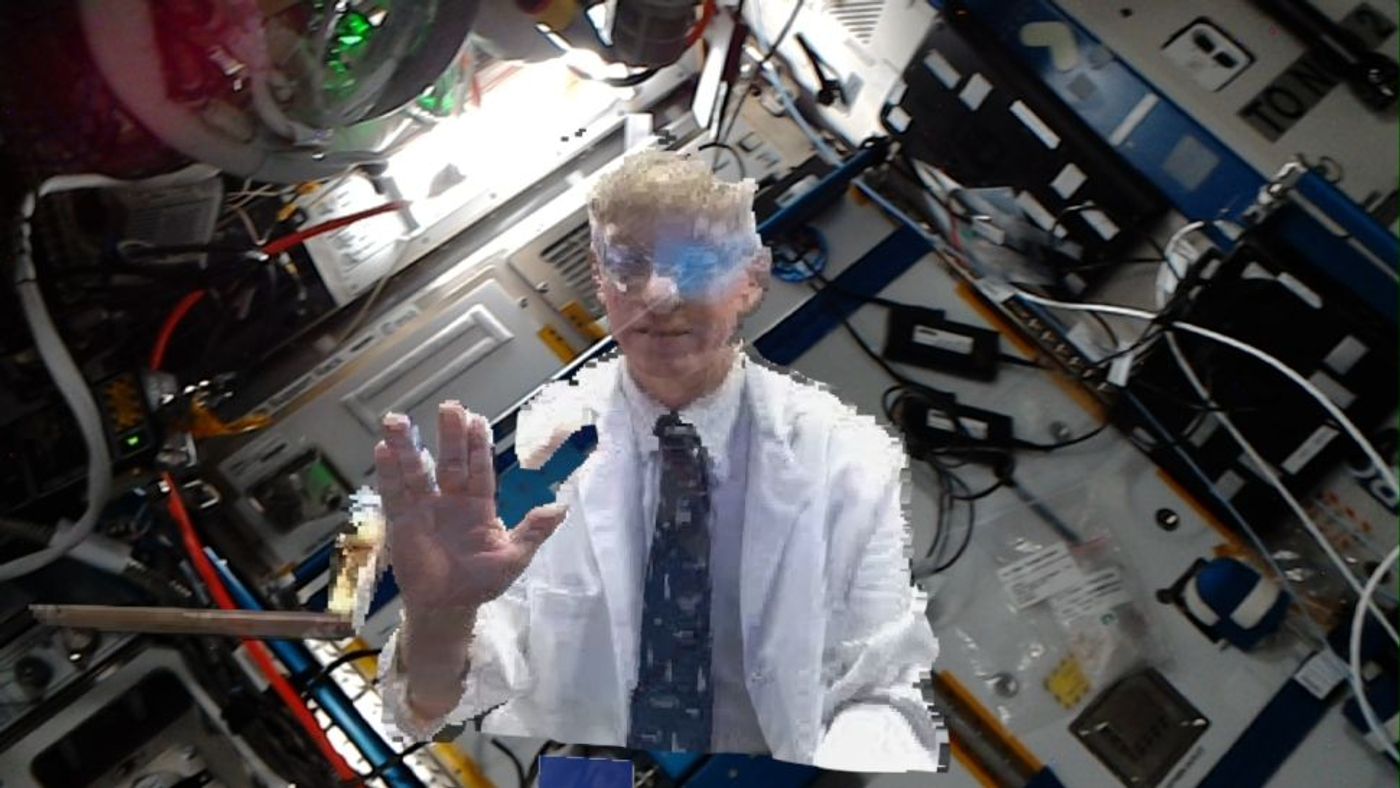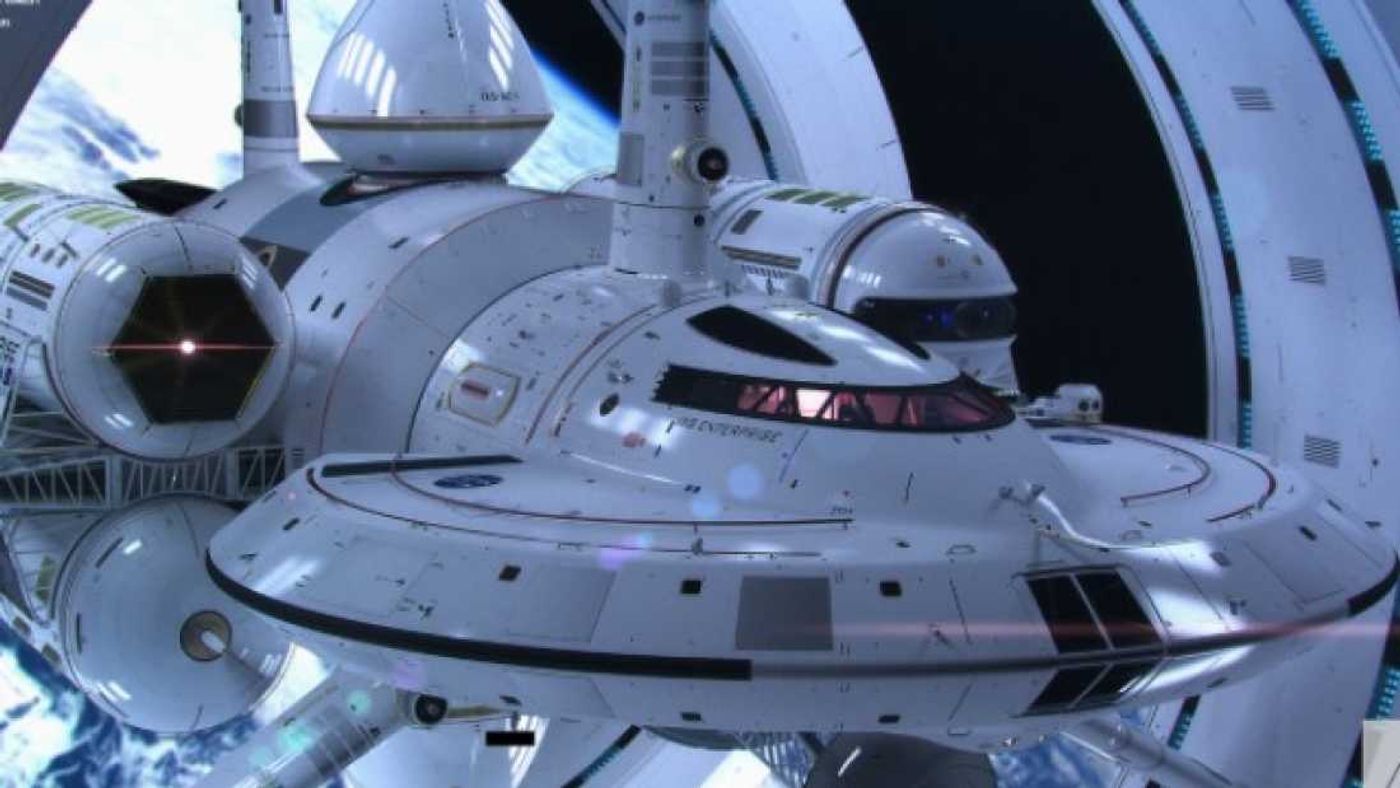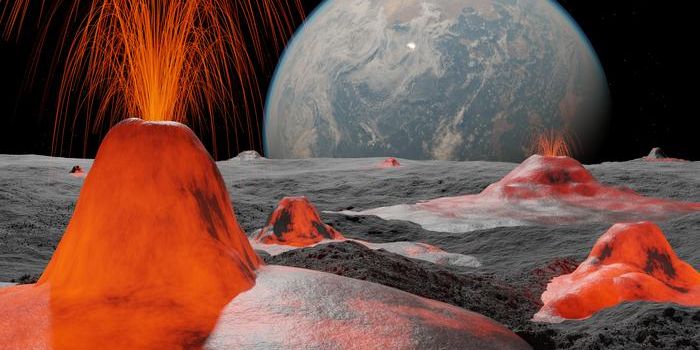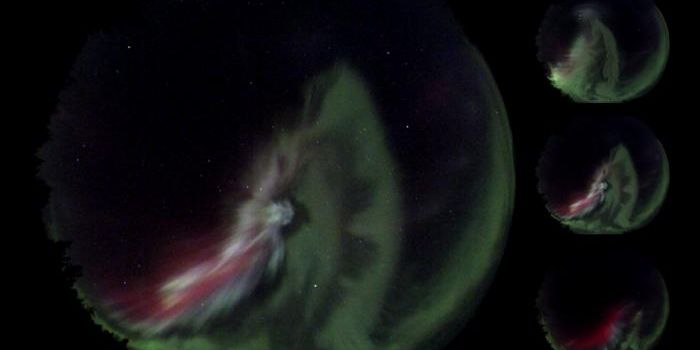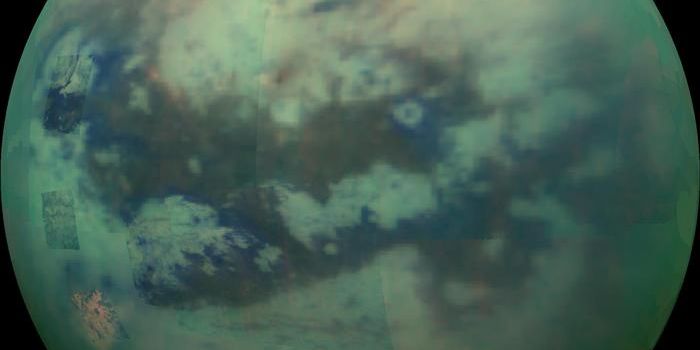Happy Star Trek Day! Learn How the Famous Sci-Fi Franchise Helped Shape Modern Technology
Happy Star Trek Day! Would you like to know how one of the most storied science fiction franchises have helped shaped our culture today, especially regarding technology? While humanity is still far short of achieving faster-than-light travel, tractor beams, and transporters, there have still been some very similar technological advancements in the years since first being featured in the famed science fiction series. Here we will discuss how far we’ve come in a short time trying to turn science fiction into science fact, and what steps we’re taking to keep going. Beam us up, Scotty!
Tablets and Touchscreens
While both tablets and touchscreens are very commonplace now, including everything from phones to watches to kiosks, these two technological marvels seemed light-years ahead of their time when first seen on Star Trek: The Original Series, and they made an even greater impression with Personal Access Display Devices (PADDs) on Star Trek: The Next Generation.
Holograms and Holodecks
Communicating via holographic projections have always been a staple of science fiction and has been used throughout the Star Trek Universe. However, it wasn’t until The Doctor of Star Trek: Voyager where holograms with life-like applications were brought into mainstream discussions. While it still might be centuries before artificial, life-like holograms are commonplace, NASA “holoported” flight surgeon Dr. Josef Schmid to communicate with the astronauts onboard the International Space Station (ISS). The grainy communication has definite shades of holographic projections from Star Wars, and the technology will only get better in the future.
In October 2021, NASA flight surgeon Dr. Josef Schmid was "holoported" to the ISS to visit the astronauts on the International Space Station. He is seen here displaying the famous "Live Long and Prosper" Vulcan salute from Star Trek. (Credit: ESA (European Space Agency) astronaut Thomas Pesquet)
Holodecks became one of the true fascinations of Star Trek: The Next Generation, as the thought of hanging out in a serene landscape to escape the everyday dribble of starship life made us dream of what the future might hold. While holodecks aren’t even close to being made reality right now, NASA is making incredible strides in the use of augmented and virtual reality to help astronauts onboard the International Space Station carry out their duties, and members of the public can now take virtual trips to space, as well!
Replicators
Jean-Luc Picard made Earl Grey tea popular with the phrase “Tea, Earl Grey, hot” as we watched in amazement every time it was made out of thin air, along with the countless other food and beverages that the Enterprise-D crew enjoyed making via those fancy replicators. While making food and drinks magically materialize isn’t a thing yet, technological advancements in 3D-printing have come a long way in just the last few years as NASA is making incredible strides to combat long-duration spaceflight using the technology.
Light Speed and Tractor Beams
Faster-than-light travel and tractor beams are seen throughout Star Trek, as “Engage!” has become a household phrase. While humanity is still a long way from achieving this level of technology, recent studies have been conducted to make this technology a reality, as being able to travel to other star systems in the blink of an eye will allow humanity to escape the confines of our solar system and explore the cosmos.
While we have seen glimpses how the purviews of science fiction are slowly becoming science fact, we are still a long way off from traveling amongst the stars at will and making our favorite foods out of thin air. Despite this, Star Trek has helped lay the groundwork for the technology of today, and only time will tell if we’re able to travel amongst the stars or make our favorite foods out of thin air.
As always, keep doing science & keep looking up!
Sources: The Portalist, Memory Alpha, Space.com, NASA (1), NASA (2), Coffee or Die
